Big cats, the master predators of the wild, have developed an array of skills that allow them to silently stalk and capture prey. These majestic animals, lions, tigers, leopards, and others inhabit diverse environments where stealth can mean the difference between survival and starvation. But how exactly do they manage to move so silently through their habitats? This article delves into the fascinating adaptations and behaviors that enable big cats to hunt with such grace and precision.
The Importance of Stealth in the Animal Kingdom
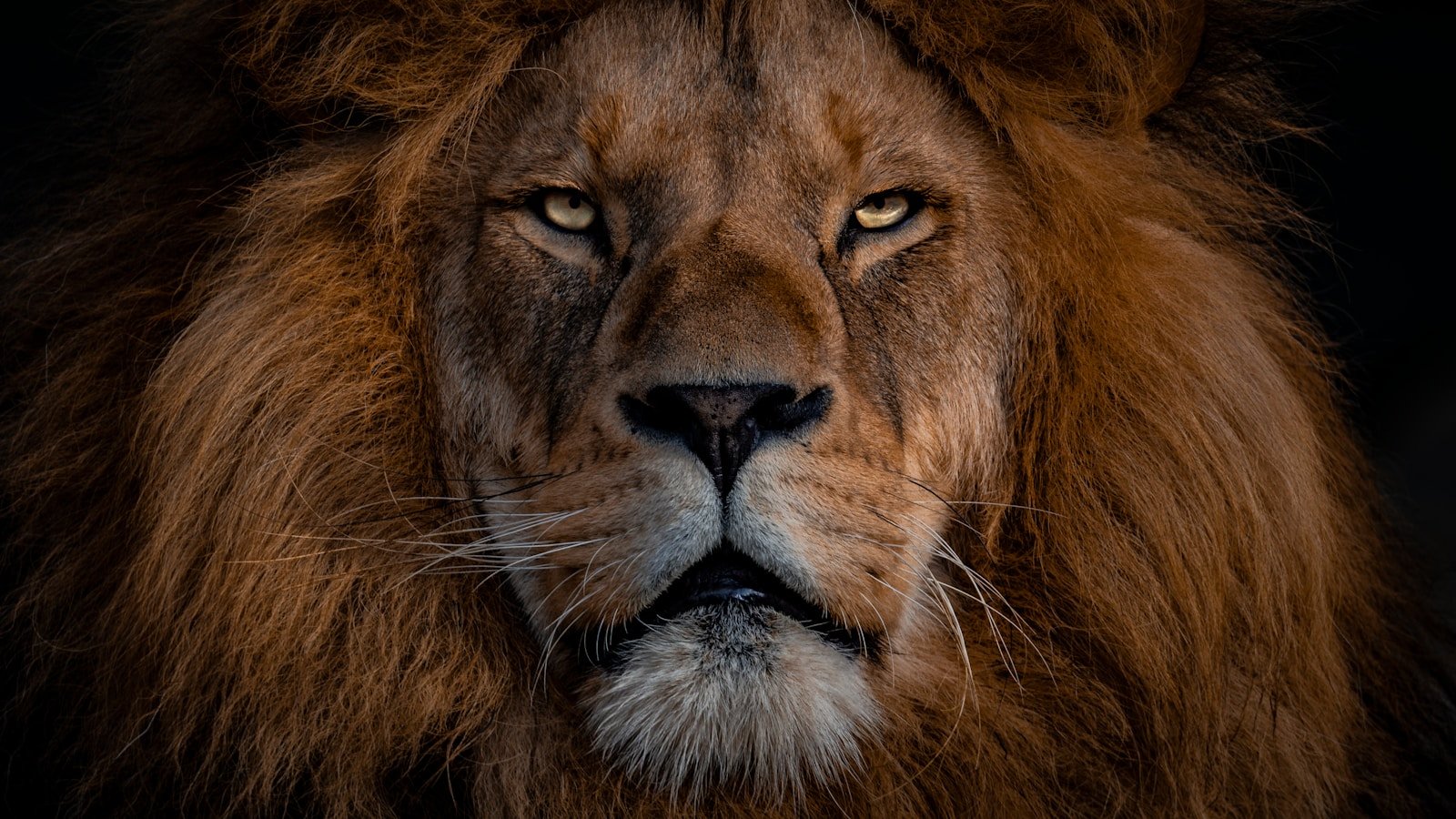
In the wild, hunting efficiency is critical. For big cats, stealth is essential not only for catching prey but also for conserving energy. A successful hunt means a full belly, while failure can cost precious calories. The ability to approach unwary prey closely increases the chances of a successful kill, making stealth an invaluable skill in the animal kingdom.
Anatomical Adaptations for Silent Movement
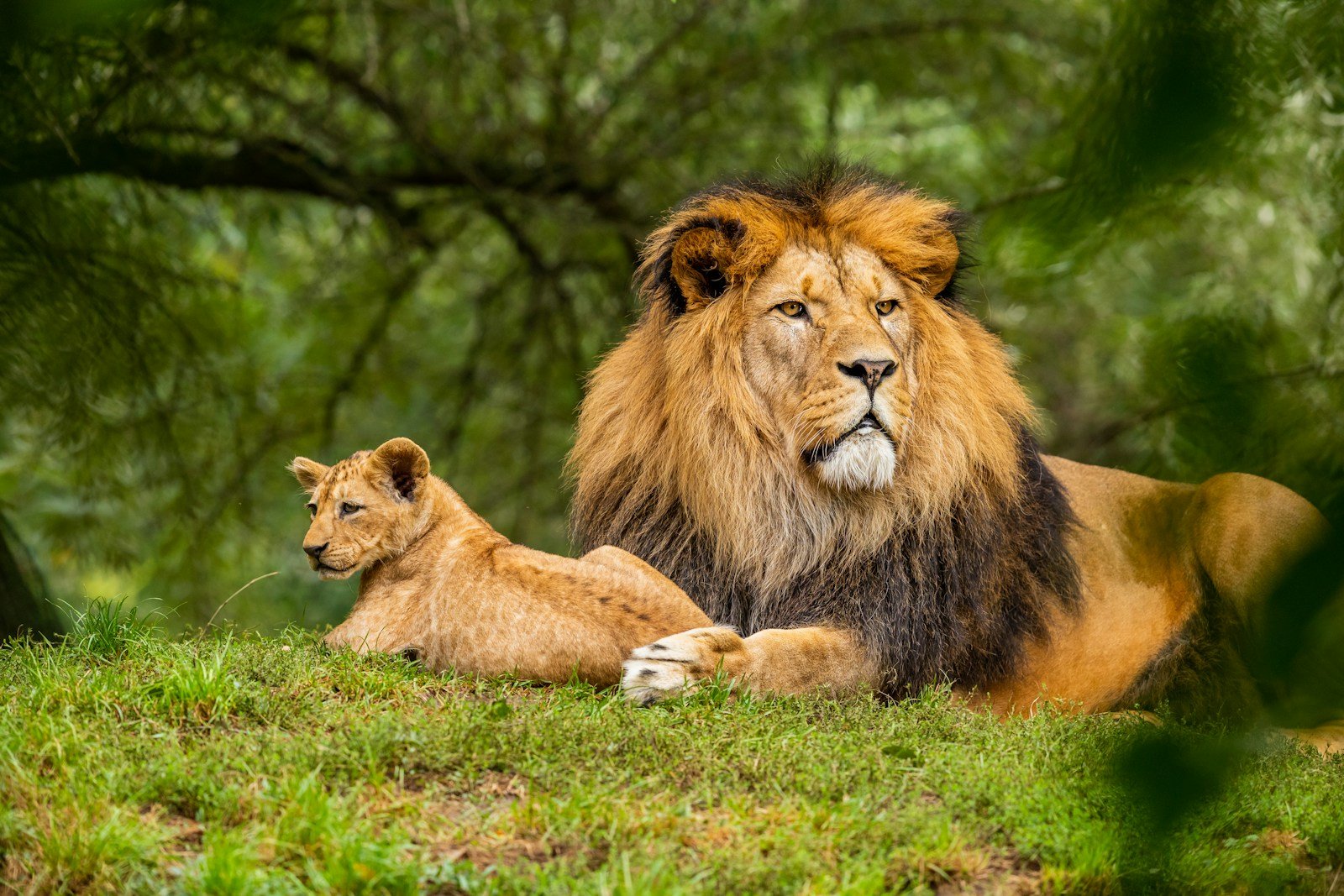
Big cats are equipped with a range of anatomical features that help them move quietly. Their padded paws are particularly important, acting as shock absorbers that soften each step and muffle sound. This adaptation is accompanied by retractable claws that remain sheathed while walking, preventing unnecessary noise during their silent approach.
The Role of Musculature in Silent Stalking

The muscular structure of big cats is optimized for stealth and power. Their bodies are designed to shift weight smoothly, allowing them to move with precision and control. This muscular efficiency enables cats to glide silently, distributing their weight evenly and minimizing the sound of moving through underbrush or on various terrains.
Behavioral Strategies: Patience and Timing
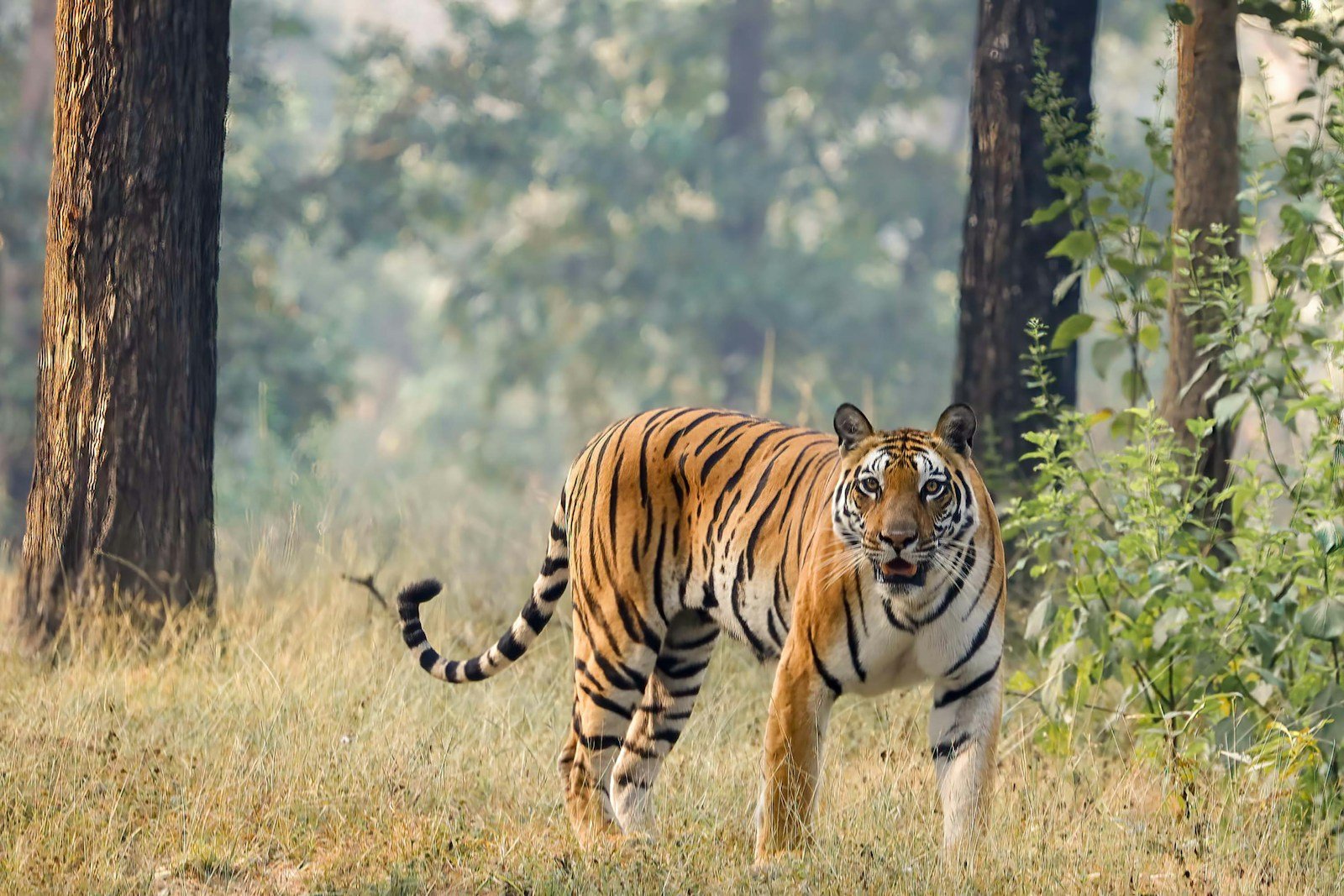
Stealth in big cats is not just about physical adaptations; behavioral strategies also play a crucial role. These predators are masters of patience, often spending significant time observing their prey and waiting for the perfect moment to strike. They minimize unnecessary movements, conserving their silence until they are close enough to launch an effective attack.
Camo and Concealment: Blending with the Environment
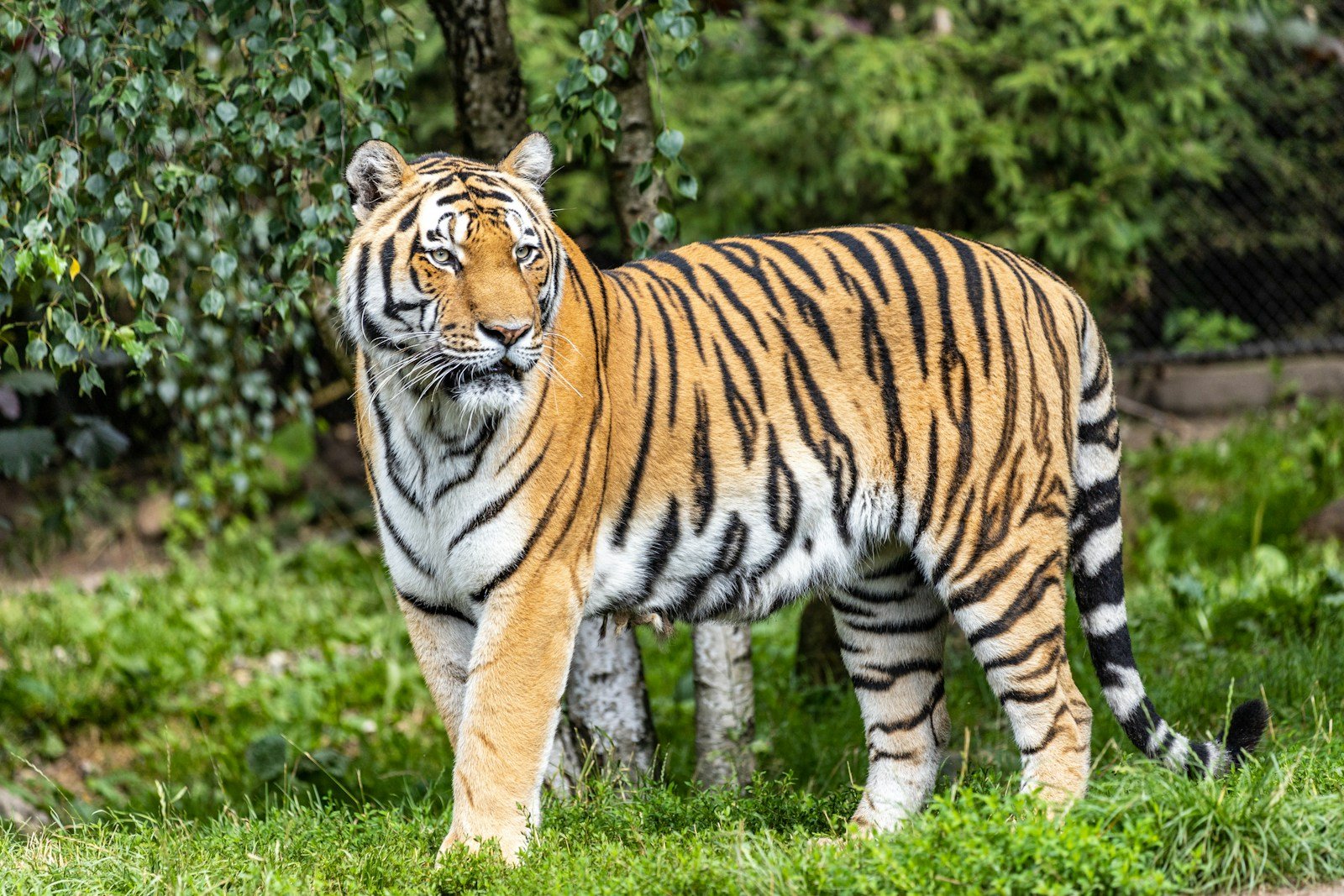
The pelage patterns of big cats offer excellent camouflage, which is vital for stalking prey without detection. Leopards, for example, have rosettes that blend seamlessly into the dappled light of their forest habitats, while tigers’ stripes mimic the verticality and shadows of grasslands and forests. This natural camouflage aids in remaining unnoticed as they close in on their next meal.
Silent Communication: Coordination During Hunts
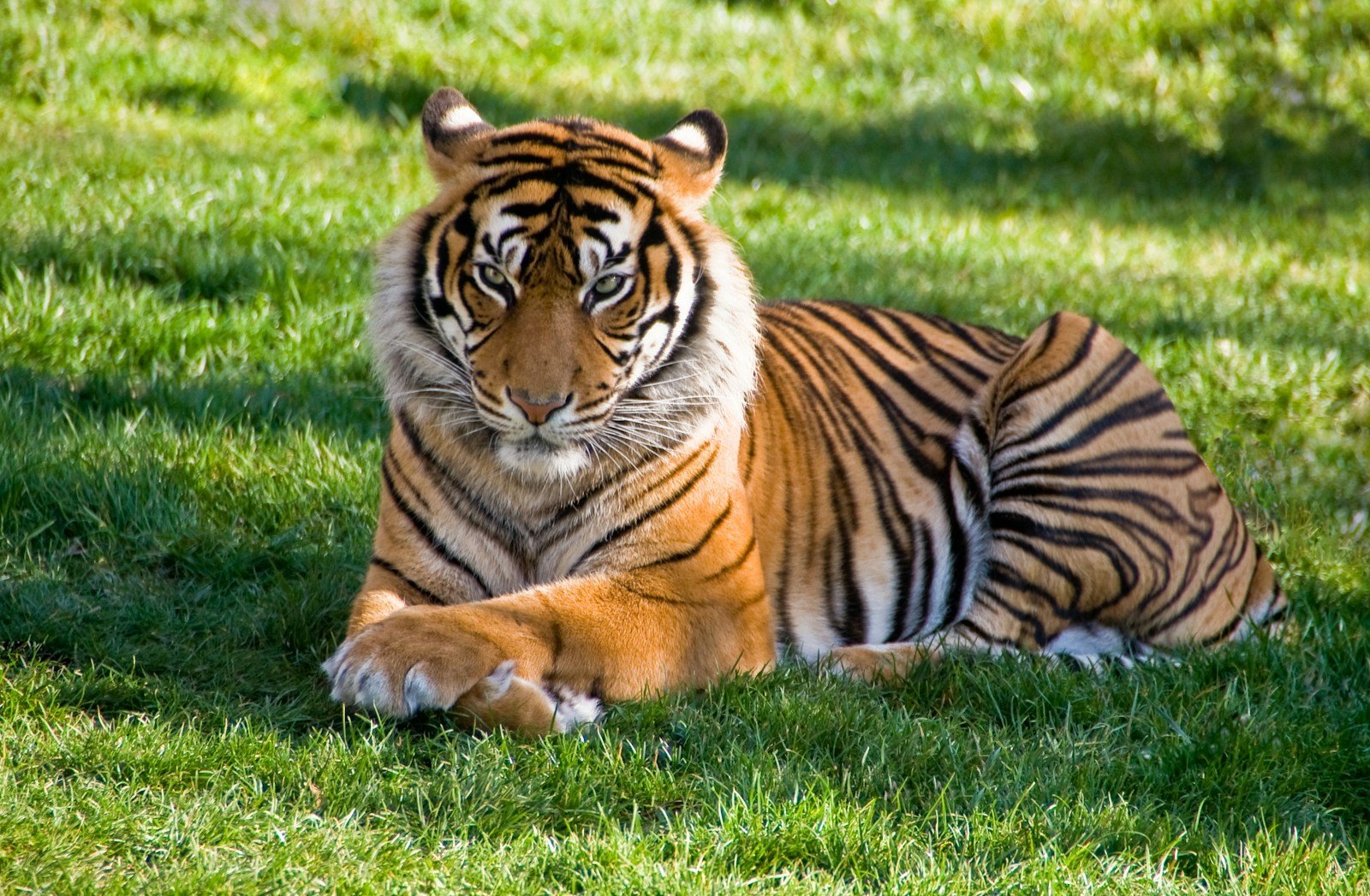
For those big cats that hunt in groups, such as lions, silent communication is key. Subtle signals, body language, and low-frequency vocalizations help coordinate movements without alerting prey. This ability to communicate silently allows them to execute complex hunting strategies efficiently.
Sensory Acuity: Enhancing Stealth
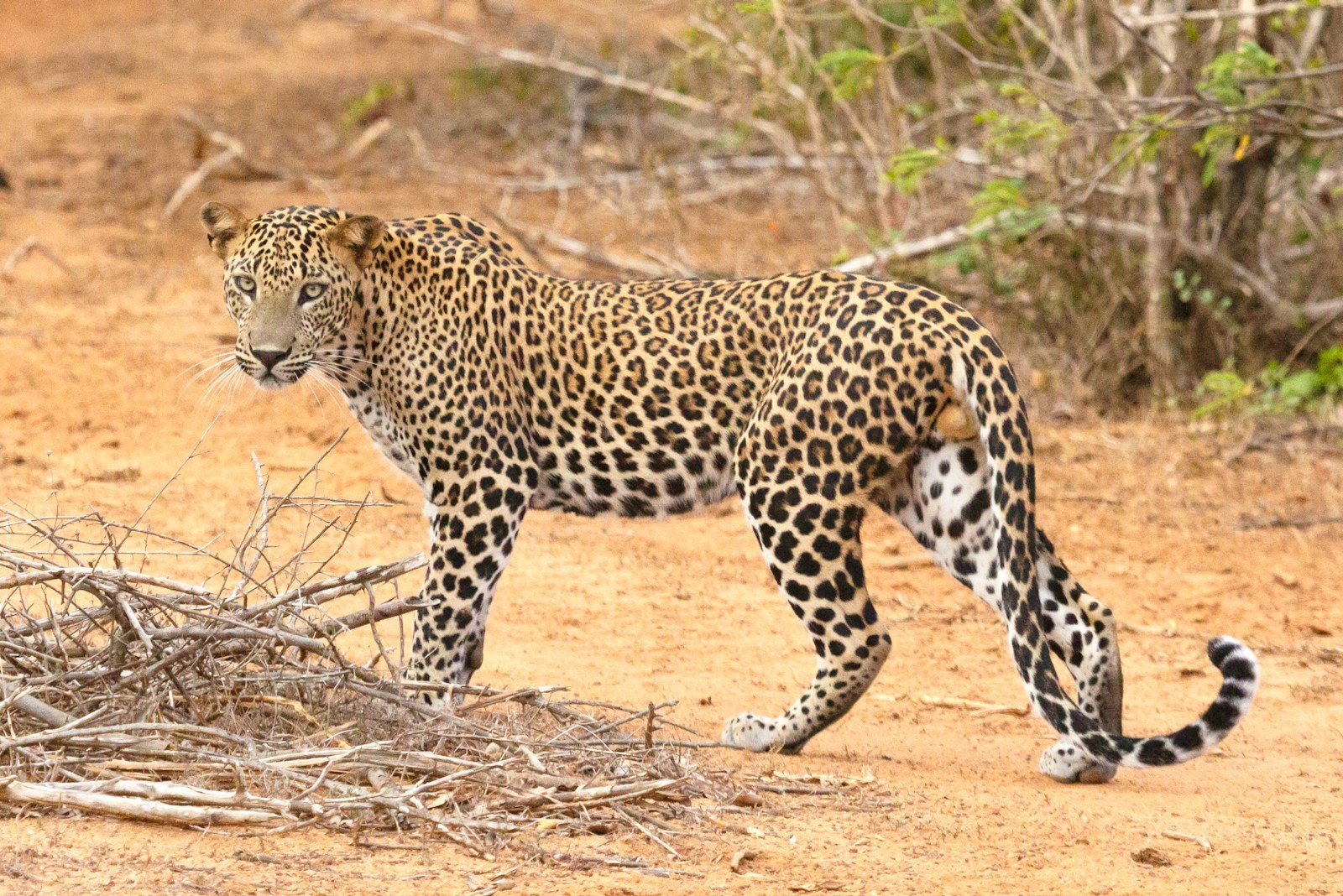
Big cats rely on highly developed senses to augment their stealth. Acute hearing allows them to detect the slightest sounds made by prey, while sharp vision, particularly in low light, enables them to track and follow prey undetected. Some big cats also have a keen sense of smell, further aiding in their silent pursuit.
Learning from Mother: How Stealth is Taught
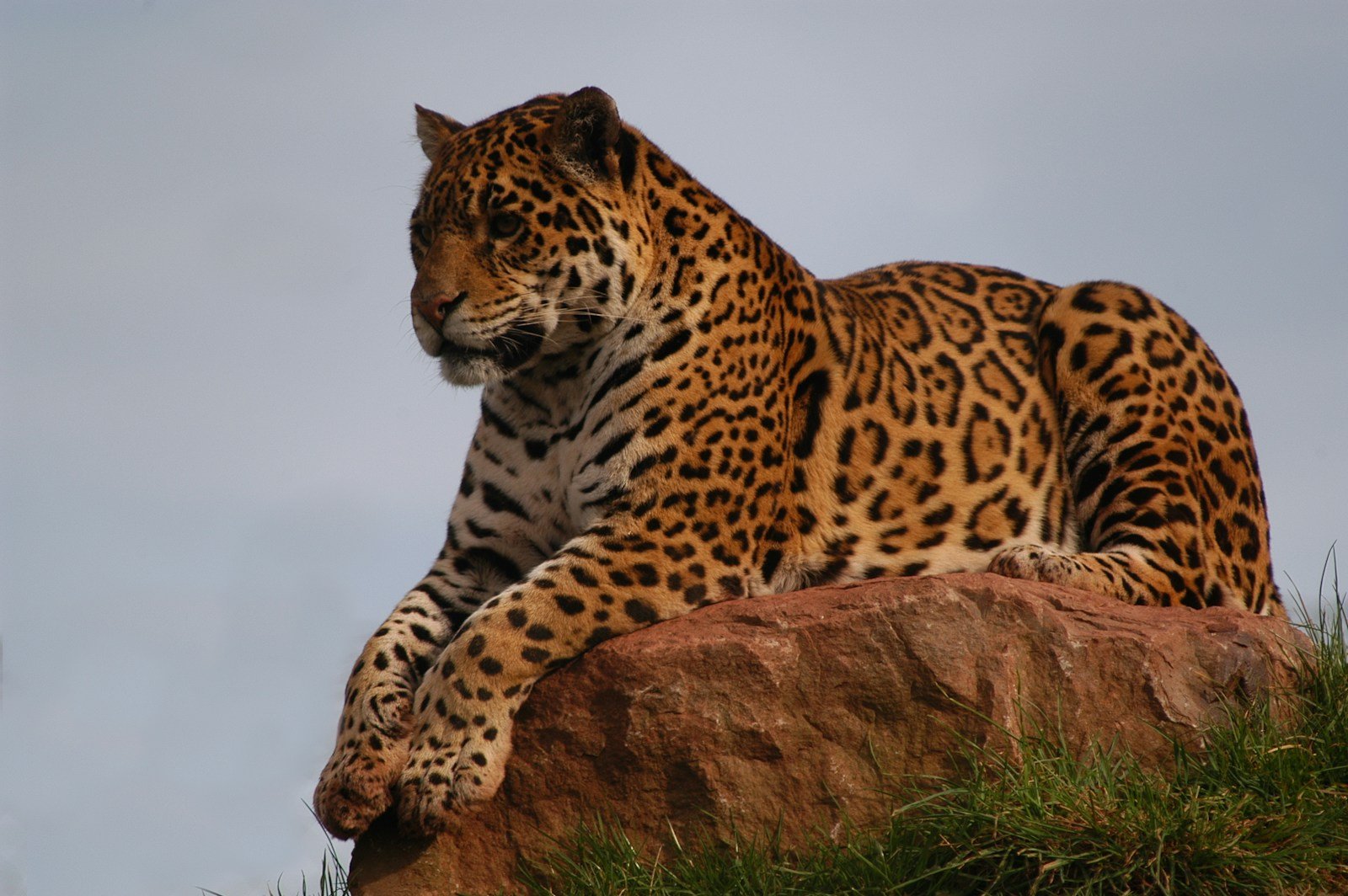
Young big cats learn the art of stealth from their mothers. Play sessions often mimic aspects of hunting, where cubs practice movements and techniques crucial for silent stalking. These lessons are vital for their development and eventual independence, as they learn to read environmental cues and perfect necessary skills.
Challenges to Stealth: Habitat and Human Impact
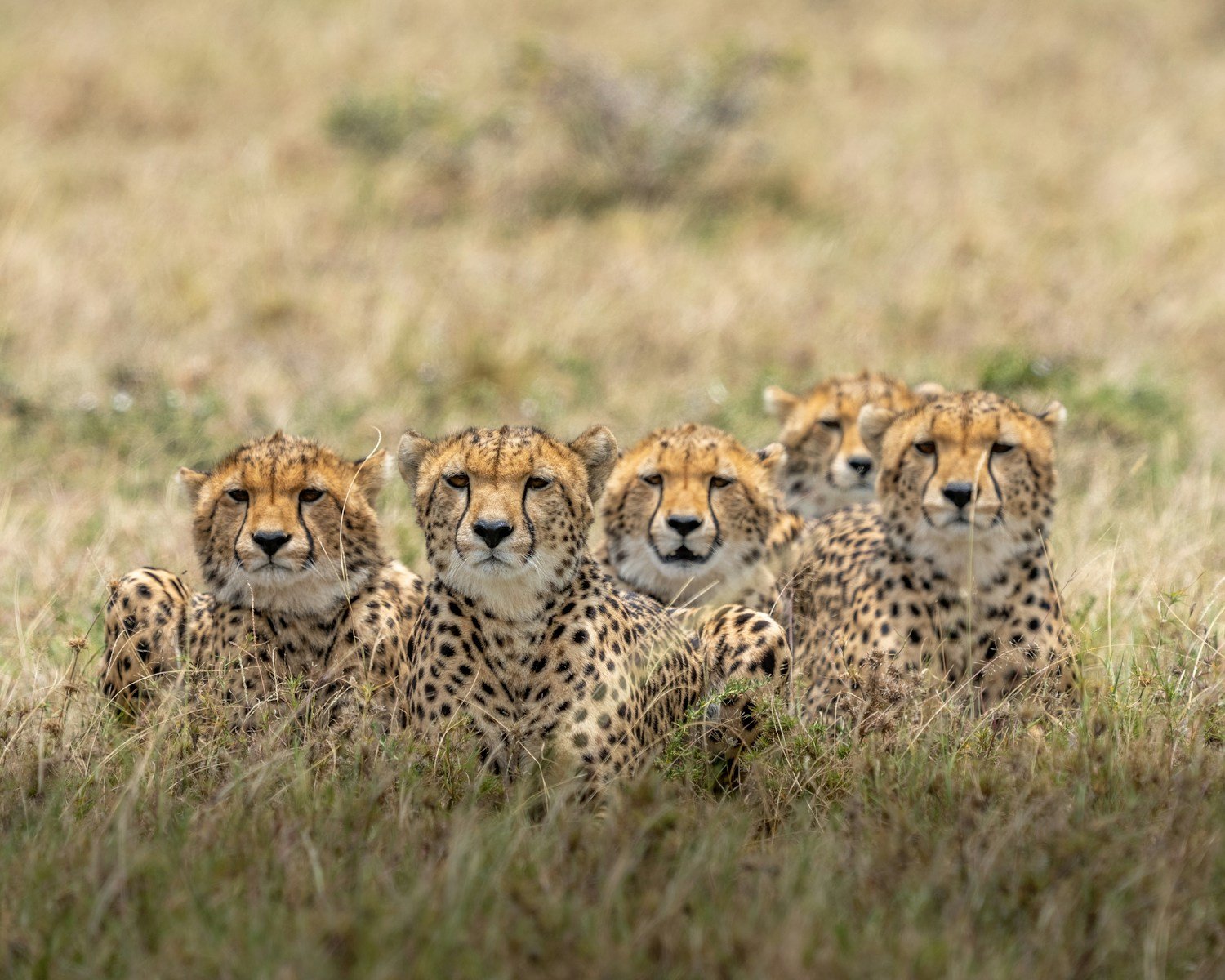
The ability of big cats to remain silent is influenced by their environment. Human encroachment, habitat destruction, and noise pollution can disrupt natural habitats and impair their ability to hunt efficiently. Understanding these challenges is crucial for conservation efforts aimed at preserving not only these magnificent creatures but also the intricate skills they embody.
Conclusion: The Majesty of Silent Stalkers
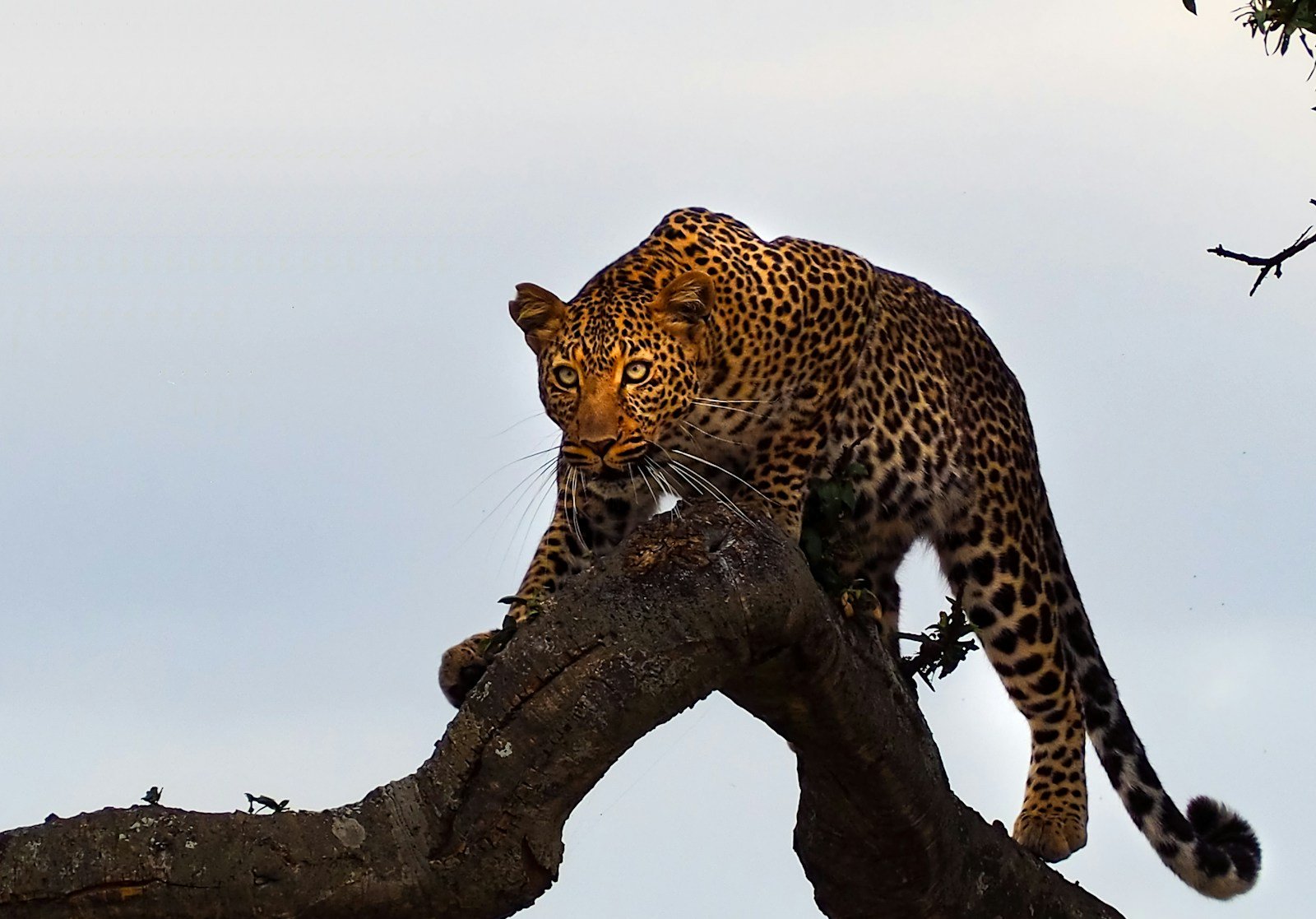
The silent stalking ability of big cats is a testament to the marvels of natural evolution. Anatomical adaptations, behavioral strategies, and learned techniques make these animals formidable hunters. As we continue to study and appreciate these creatures, it is important to respect and preserve the wild spaces that allow them to thrive. Understanding their need for stealth not only enriches our knowledge of these animals but also highlights the delicate balance necessary for their survival in the wild.
Hi, I’m Bola, a passionate writer and creative strategist with a knack for crafting compelling content that educates, inspires, and connects. Over the years, I’ve honed my skills across various writing fields, including content creation, copywriting, online course development, and video scriptwriting.
When I’m not at my desk, you’ll find me exploring new ideas, reading books, or brainstorming creative ways to solve challenges. I believe that words have the power to transform, and I’m here to help you leverage that power for success.
Thanks for stopping by, Keep coming to this website to checkout new articles form me. You’d always love it!






